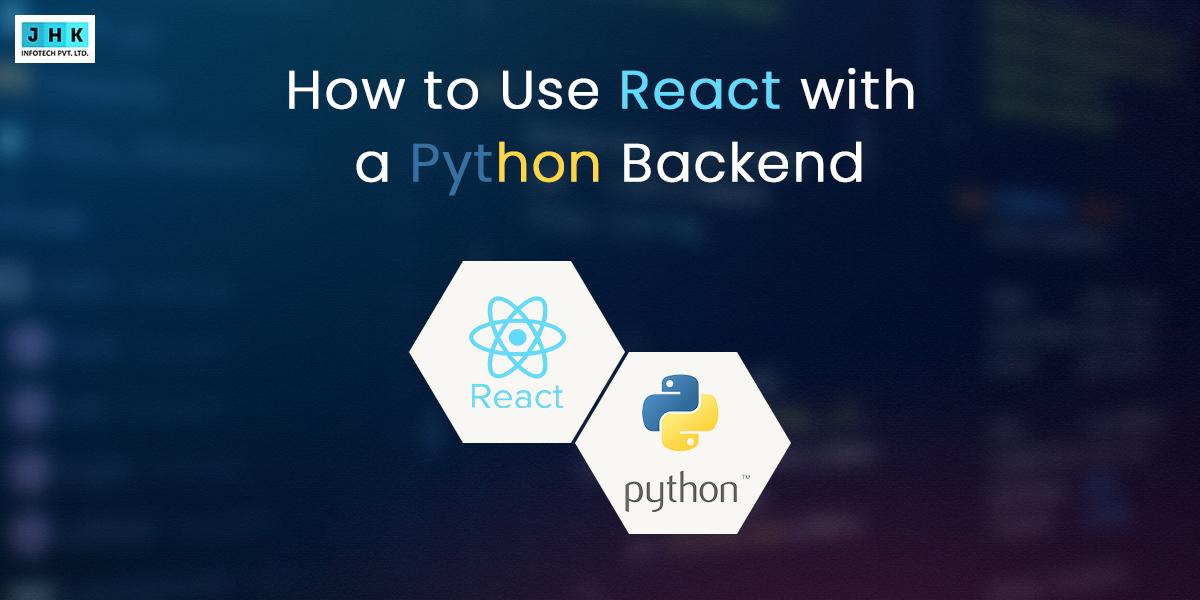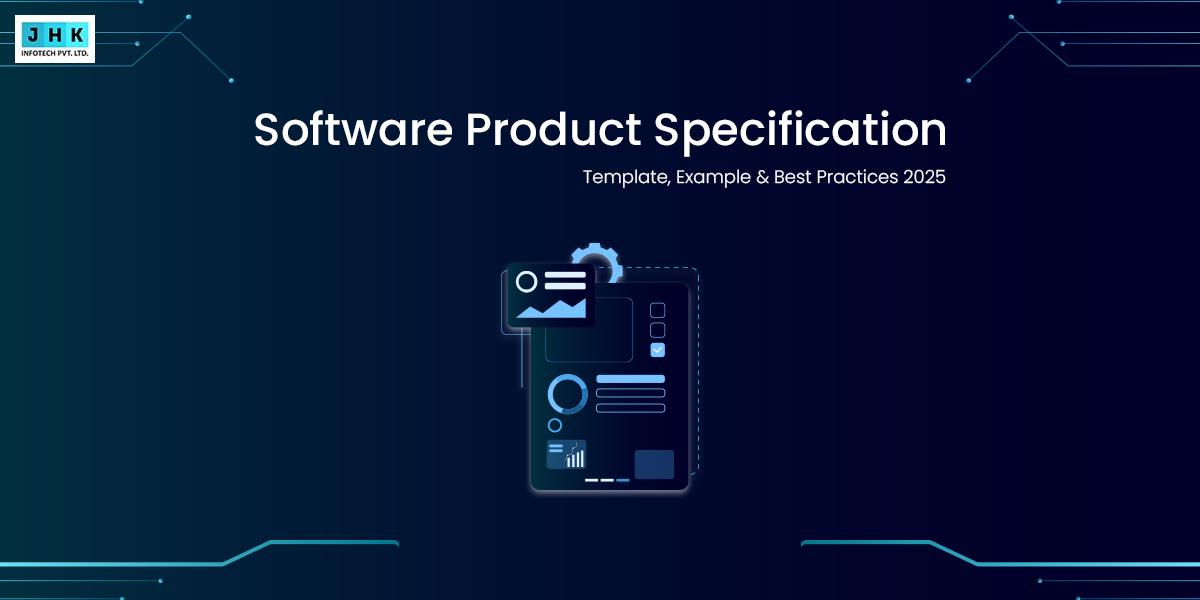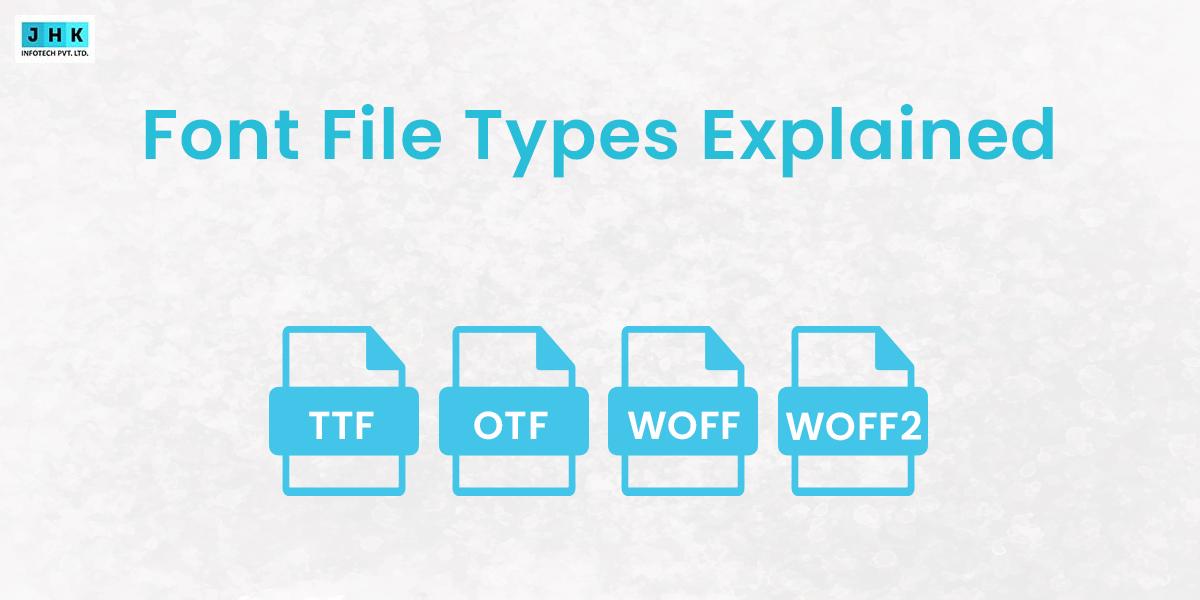How to Use React with a Python Backend: A Full Stack Web Development

In the evolving world of full-stack development, pairing React with a Python backend offers a best-of-both-worlds solution. React brings a dynamic, component-based UI experience to the frontend, while Python—backed by powerful frameworks like Django and Flask—handles data, APIs, and server-side logic with ease. Whether you’re a frontend developer exploring Python or a backend developer stepping into React, this combination empowers you to build scalable, interactive, and modern web applications with a clean separation of concerns. Wondering how to use React with Python or if they’re compatible? This guide breaks it all down.
Why Combine React with a Python Backend?
The fast-paced development landscape, combining React with a Python backend, has become a popular and powerful approach for building scalable, maintainable, and user-friendly web applications. React handles dynamic and responsive user interfaces, while Python (typically via Django or Flask) takes care of backend logic, APIs, and database interactions.
How React and Python Work Together
React for Frontend
React.js is a powerful JavaScript library developed by Meta for building modern user interfaces. It excels in building interactive UIs, particularly for Single Page Applications (SPAs) where performance and user experience are top priorities. With its component-based architecture, React enables developers to break the UI into reusable, independent blocks that update efficiently based on user interaction or data changes.
For Python developers, stepping into React might seem like a shift—especially with concepts like JSX (JavaScript XML), hooks, and client-side routing. Mastering React enables developers to craft fast, responsive user interfaces that seamlessly communicate with Python-powered APIs. It also opens the door to rich ecosystems like Redux for state management and Next.js for server-side rendering.
React handles:
- User interface logic
- Component composition
- Client-side routing
- Fetching and displaying backend data
- Efficient DOM updates through a virtual DOM, enhancing performance and responsiveness
Python for Backend
Python is one of the most versatile backend languages in use today. Its clean syntax and robust libraries make it ideal for handling backend responsibilities like:
- API development (via Flask, Django, or FastAPI)
- Business logic
- Database communication (SQLAlchemy, Django ORM)
- User authentication and security
- Background tasks (using Celery or RQ)
- Data analysis and machine learning integrations
Frameworks like Flask and FastAPI are lightweight and perfect for building microservices or APIs quickly. On the other hand, Django is a full-featured web framework with built-in tools for authentication, admin interfaces, form handling, and more.
Even though Python is typically a backend language, projects like PyScript, Anvil, and Brython are pushing its potential into the frontend realm. However, for now, React still dominates the frontend ecosystem in terms of performance, tooling, and community support.
Together, React and Python provide:
- A decoupled architecture, allowing teams to work on frontend and backend separately
- Scalable solutions, where each part can grow or be deployed independently
- Flexible integrations, with React fetching data from Python-based RESTful APIs or GraphQL endpoints
How to Connect React with Python Backend
Here’s how a typical setup works:
- Backend Setup (Python): Create a REST API using Flask or Django. Expose endpoints like /api/data that return JSON.
- Frontend Setup (React): Build a UI with React. Use fetch() or axios to retrieve data from the Python API.
- CORS Configuration: Allow cross-origin requests by configuring CORS on the Python backend.
React with Python Backend Example
Let’s look at a simplified example:
Python (Flask API):
from flask import Flask, jsonify
from flask_cors import CORS
app = Flask(__name__)
CORS(app)
@app.route('/api/greeting')
def greet():
return jsonify(message="Hello from Python backend!")
if __name__ == '__main__':
app.run(debug=True)
React (Frontend Component):
function Greeting() {
const [message, setMessage] = useState('');
useEffect(() => {
axios.get('http://localhost:5000/api/greeting')
.then(res => setMessage(res.data.message));
}, []);
return
// Use h1 tag
h1{message}h1;
//
}
export default Greeting;
This example illustrates how using React with Python allows seamless frontend-backend interaction.
Why React and Python are a Powerful Stack
Combining React and Python leverages the best of both worlds—modern frontend interactivity with robust backend logic. This duo is popular for good reason:
- Faster Development Cycles: React’s modular components and Python’s readable syntax streamline coding, making it easier to build and iterate quickly.
- Clear Frontend-Backend Separation: Each layer handles its own responsibilities, enabling teams to work independently and maintain codebases more easily.
- Robust Debugging & Testing: React’s dev tools and testing libraries like Jest, combined with Python’s unit testing frameworks (like PyTest), simplify the QA process.
- Scalability: Whether you’re building an MVP or a full-scale enterprise app, this stack adapts well to growing requirements with modular backend APIs and scalable frontend UI.
- Robust Community Support: React and Python boast large, active communities, providing extensive documentation, third-party tools, libraries, and ongoing support for developers at all levels.
If you’re aiming to build dynamic, efficient, and scalable web applications, React and Python make a versatile and powerful combination.
Alternative Tools: is there a Python Version of React?
Although there isn’t a direct equivalent of React in Python, several innovative tools bring frontend-like capabilities to Python developers:
- PyScript: Allows you to run Python code directly in the browser using WebAssembly. It’s a powerful experimental tool but still maturing in terms of performance and ecosystem support.
- Anvil: A low-code platform that lets you build full-stack web apps entirely in Python, including drag-and-drop UI design and server-side Python code.
- Brython: A Python 3 implementation that runs in the browser, replacing JavaScript for DOM manipulation. While it works well for simple interfaces, it lacks the robustness and ecosystem that React provides.
While these tools are exciting and growing in capability, they don’t yet match the performance, scalability, or community support of React. For production-grade applications requiring highly interactive UIs, using React on the frontend and Python on the backend remains the preferred choice.
Common Pitfalls and Best Practices
- CORS Errors: Ensure that Cross-Origin Resource Sharing (CORS) is properly configured on your Python backend to allow requests from your React frontend. This is crucial when your frontend and backend run on separate domains or ports.
- API Structure: Stick to RESTful conventions or use GraphQL for clarity. Always version your API (e.g., /api/v1/) and return consistent, structured JSON responses to simplify frontend integration and future maintenance.
- Frontend-State Management: Use tools like React Hooks (useState, useEffect) for simple applications, or Context API and libraries like Redux or Zustand for managing complex global state. Poor state management may cause application bugs and inefficient re-renders, impacting performance and user experience.
- Error Handling: Implement robust error handling on both ends. Use try-catch in Python and proper error boundaries in React to ensure a graceful user experience in case of failures.
- Authentication: Use secure authentication practices such as JWT (JSON Web Tokens) for session management. Consider libraries like Flask-JWT-Extended or Django REST Framework JWT for backend auth.
- Deployment: Containerize your apps using Docker for consistent environments. Platforms like Vercel (for React) and Render or Heroku (for Python) simplify deployments. Ensure your apps communicate over secure channels (HTTPS) and environment variables are used to store secrets.
- Testing: Write unit and integration tests for both frontend and backend. Use frameworks like PyTest for Python and Jest for React to ensure your application remains reliable as it grows.
- Performance Optimization: Use tools like React’s lazy loading and Python’s caching mechanisms (e.g., Flask-Caching, Redis) to improve app performance and reduce server load.
By following these practices and being aware of potential pitfalls, you can build a stable, secure, and scalable full-stack application using React and Python.
FAQs
1. How to connect React with Python?
To connect React with Python, you typically build the frontend in React and the backend in Python using frameworks like Flask, Django, or FastAPI. The backend exposes APIs (usually REST or GraphQL), and React communicates with these APIs using fetch() or libraries like axios. Make sure to handle CORS (Cross-Origin Resource Sharing) properly on the backend to allow communication between the two applications.
2. How to use React with Python?
You use React with Python by separating concerns: React handles the user interface, while Python manages the server-side logic and database. Set up a Python backend to serve APIs, then use React to fetch and display the data. This architecture enables you to build dynamic, responsive apps with a clear division between frontend and backend development.
3. React or Python, which is better?
React and Python are designed for different roles in the development process, so they aren’t directly comparable. React is a JavaScript library focused on building dynamic and responsive user interfaces for the frontend. In contrast, Python is a versatile programming language commonly used for backend development, automation, data analysis, and server-side applications. For a complete web application, they complement each other rather than compete—React for the frontend and Python for the backend.
4. Can React work with Python?
Absolutely! React (frontend) and Python (backend) can be integrated via RESTful APIs or GraphQL endpoints. React fetches and displays the data while Python handles the server-side logic and database operations.
5. Is Python and React a good combination?
Yes, Python and React make a powerful full-stack pairing. Python simplifies backend logic and API development, while React creates dynamic, responsive UIs, offering an efficient development experience for modern applications.
6. Is there a Python version of React?
Not exactly. While tools like PyScript, Anvil, and Brython offer frontend capabilities in Python, they do not fully replicate React’s performance, ecosystem, or component-based architecture. React remains the top choice for building advanced frontend UIs.
7. What is ReactJS in Python?
This usually refers to the use of React in conjunction with a Python backend—typically through Django or Flask—to build modern, interactive web apps. React handles the frontend, while Python powers the backend.
8. What is Django framework in Python?
Django is a high-level Python web framework that promotes rapid development and clean, pragmatic design. It includes built-in tools for authentication, admin dashboards, ORM, and more, making it ideal for scalable and secure backend development.
Conclusion
Combining React with a Python backend empowers developers to build fast, user-friendly applications with a clean separation of concerns. Python handles the logic, data, and security, while React manages rich UIs and real-time experiences.
To get started, build a simple FastAPI or Flask app, then connect it to a React frontend. It’s a great way to experience the strengths of both ecosystems and become a truly full-stack developer.







